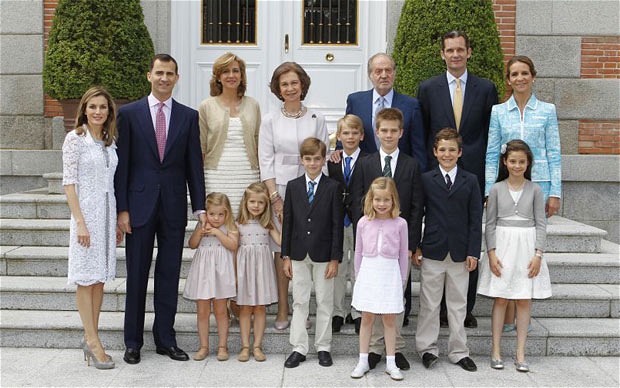The Royal Treatment: El Real Alcázar
Today a group of my friends and I took a tour of the breathtaking Real Alcázar de Sevilla. The tour was free for CIEE students and conducted by CIEE professors, and it was incredibly interesting and filled to the brim with fun facts.

The Alcázar is a royal palace (in fact, the oldest royal palace still in use in Europe!) that was originally constructed as a Moorish fort. It is a UNESCO World Heritage Site (combined with the nearby Seville Cathedral and the General Archive of the Indies, both of which I intend to visit soon!). The Alcázar is a prime example of mudéjar architecture, which combines elements of Moorish/Muslim and Christian architectural styles. There are also beautiful gardens adjacent to the buildings.

The gardens themselves were impressive, with lots of very tall trees and neatly-trimmed hedges. I think there will be a lot more flowers and greenery in the spring, so I may have to go back!

Seville has a great deal of beautiful ceramic work, including at the Alcázar. Lots of different styles are represented, and it’s hard not to think about how much work went into making, hand-painting, and installing all of the azulejos (tiles) and other creations.




As in the photo above, the phrase “Plus ultra” can be seen throughout the Alcázar. This is the national motto of Spain, and is Latin for “further beyond.” The motto was inspired by the legend of the Pillars of Hercules, which were supposedly built by Hercules near Gibraltar to mark the edge of the known world. Legend says that the pillars are carved with the words “Nec plus ultra” (“Nothing farther beyond”) to warn sailors. However, the “Plus ultra” motto was adopted to encourage Spanish explorers to go past Gibraltar and on to the New World.

The Spanish Royal Family stays at the Alcázar whenever they come to Seville! Unfortunately, according to our tour guide, this is pretty rare. However, in the past, the Patio de la Montería has been used for royal weddings and royal wedding receptions.


Since I don’t think my pictures will do this place justice, here’s a link to some official 360 degree virtual tours of the Alcázar: Link.
And now, here are a bunch of my favorite pictures:










After finishing our tour and exploring a bit on our own, my group ran a few errands, and then one of my friends and I went to a restaurant near our neighborhood for coffee and some delicious crepes! It’s been a fun and enjoyable domingo (Sunday)!
March 2, 2014 at 3:16 pm
[…] The Royal Treatment […]